If you have watched a lot of ‘Bleach’, you have probably noticed moments where the rules of the world wobble a little. Most viewers come for the sword fights and the big reveals, but along the way the show leaves behind small contradictions and continuity slips that stand out once you spot them. These are not about nitpicking animation frames. These are patterns that repeat across arcs and make scenes feel different depending on which episode you are watching.
This list rounds up recurring issues that appear from the Substitute Shinigami arc through ‘Bleach: Thousand-Year Blood War’. You will see power rules that shift, tools that work one way and then another, and backstory details that do not line up cleanly with later information. Each entry explains where the problem shows up and how it creates confusion so you can track it the next time you rewatch.
The Gigai Rules That Keep Changing
 Studio Pierrot
Studio PierrotRukia’s gigai is introduced as a human body that keeps her grounded with limited strength and spiritual output. Early episodes frame it as a major constraint that blocks her from fighting and even restricts movement. Later scenes show her moving and reacting at speeds that contradict those limits while still inside a gigai, which muddies how the technology is supposed to function.
Other characters who use gigai also experience shifting limits. Some retain high mobility and awareness with little explanation while others act fully human until a dramatic reveal. The show never states a clear set of parameters that stay consistent across arcs, which makes power comparisons during human world scenes difficult to follow.
The Substitute Badge That Detects What It Wants
 Studio Pierrot
Studio PierrotIchigo’s Substitute Shinigami badge begins as a simple tool that lets him exit his body. It later gains the ability to detect threats and regulate activity in Karakura Town. The detection range and sensitivity vary by episode, which creates scenes where the badge misses a nearby Hollow and other scenes where it pings from far away locations.
During the Fullbring arc the badge becomes a focus item with implied monitoring features. After that point the monitoring angle fades in and out depending on plot needs. The lack of a stable feature set turns the badge into a device that works differently each time it appears.
Hollow Mask Limits That Slide Over Time
 Studio Pierrot
Studio PierrotIchigo’s Hollow mask is introduced with strict time limits and major strain on the user. Early battles show the mask flickering off after short bursts, which forces careful timing. Later confrontations stretch usage far beyond those limits without a matching in-story upgrade at that moment, which blurs the line between growth and convenience.
Regeneration and protection while masked also swing across arcs. Some episodes depict the mask as a hard shield that soaks heavy hits while others let standard attacks break through. The changing durability makes it hard to judge the stakes in fights that rely on the mask as a key defense.
Zanpakuto Names And Releases That Shift In Spelling
 Studio Pierrot
Studio PierrotAcross different releases of ‘Bleach’, the romanization of Zanpakuto names and release calls varies. Viewers encounter multiple spellings for the same weapon and inconsistent phrasing for Shikai and Bankai lines. This is most visible when comparing early home video, broadcast versions, and later streaming subtitles.
These shifts create confusion when you try to cross reference character sheets, merchandise, or guidebooks with on screen text. A name that appears one way in an arc may show another way in recap material, which breaks continuity for viewers who track techniques and commands closely.
Kido Numbers And Incantations That Do Not Match
 Studio Pierrot
Studio PierrotKido spells are organized by number and type, yet some scenes recite an incantation that does not match the number called. There are moments where a character declares one Hadō or Bakudō but then uses a visual effect associated with a different entry. The mismatch is obvious when you study the spell lists introduced across the show.
This issue complicates training scenes that are meant to teach viewers how the magic system works. When an effect appears with the wrong label, it becomes unclear whether the character made an error or the script did. Later episodes do not correct these earlier mismatches, so the record stays uneven.
Hueco Mundo’s Sky That Forgets Its Own Setting
 Studio Pierrot
Studio PierrotHueco Mundo is presented as a realm with an eternal night under a pale artificial sky. Several episodes maintain that aesthetic with a consistent horizon and lighting. At other times the sky shows cloud movement and color shifts that suggest a day cycle, which contradicts the earlier worldbuilding.
Lighting within structures also swings between pure moonlight tones and warmer daylight ambience. These changes can occur between consecutive episodes within the same arc, which breaks environmental continuity during long battles that are supposed to happen over short in-story time spans.
Injuries That Heal At Plot Speed
 Studio Pierrot
Studio Pierrot‘Bleach’ often carries injuries from one fight into the next, but the timing of recovery is inconsistent. A character may sustain deep cuts in one episode and appear mostly fine in the next without a medical scene or time skip. In other cases the show lingers on treatment and bandaging for lesser damage, which sends mixed signals on how healing works.
This inconsistency reduces the clarity of stakes during multi-episode battles. When wounds vanish or persist based on narrative needs rather than established recovery rules, it becomes harder to track endurance and resource management across the cast.
Karakura Town’s Map That Rearranges Itself
 Studio Pierrot
Studio PierrotLandmarks in Karakura Town do not keep stable positions across the series. The school, the river, and the Urahara Shop shift relative distance depending on chase or fight staging. Travel times also compress or expand without in-story justification, which affects the believability of quick responses to threats.
Street layouts and vantage points sometimes reuse backgrounds that imply different neighborhoods. The result is a city map that cannot be drawn consistently from on screen information, which complicates any attempt to follow tactical movements during large scale battles.
Quincy History That Collides With Later Reveals
 Studio Pierrot
Studio PierrotEarly arcs describe the Quincy as nearly wiped out long before the main story. Later arcs reveal hidden strongholds and large numbers of active Quincy with extensive resources. The jump from near extinction to powerful return is framed as a secret history, yet earlier exposition leaves gaps that do not fully align with the new scale.
The timeline of key events also becomes fuzzy once the later revelations arrive. Mentions of past conflicts and agreements do not cleanly match dates implied in earlier dialogue. This creates a historical record inside the show that reads differently depending on which arc you reference.
Fullbring Mechanics That Overlap With Hollow Traits
 Studio Pierrot
Studio PierrotFullbring powers are explained as abilities drawn from the soul of a treasured object influenced by Hollow exposure in the human world. Chad’s abilities are tied to Hollow power early in the story and later linked to Fullbring, which blends two systems that were originally presented as separate. This overlap raises questions about the origin and classification of his techniques.
Other Fullbringers also display effects that resemble established Shinigami or Hollow abilities without a clear boundary. The arc describes broad rules, but later appearances by the same characters apply those rules loosely. The shifting definitions leave the system’s place in the wider power chart unclear.
Share the ‘Bleach’ mistakes you keep noticing in the comments so everyone can compare notes and add more examples.

.jpeg)
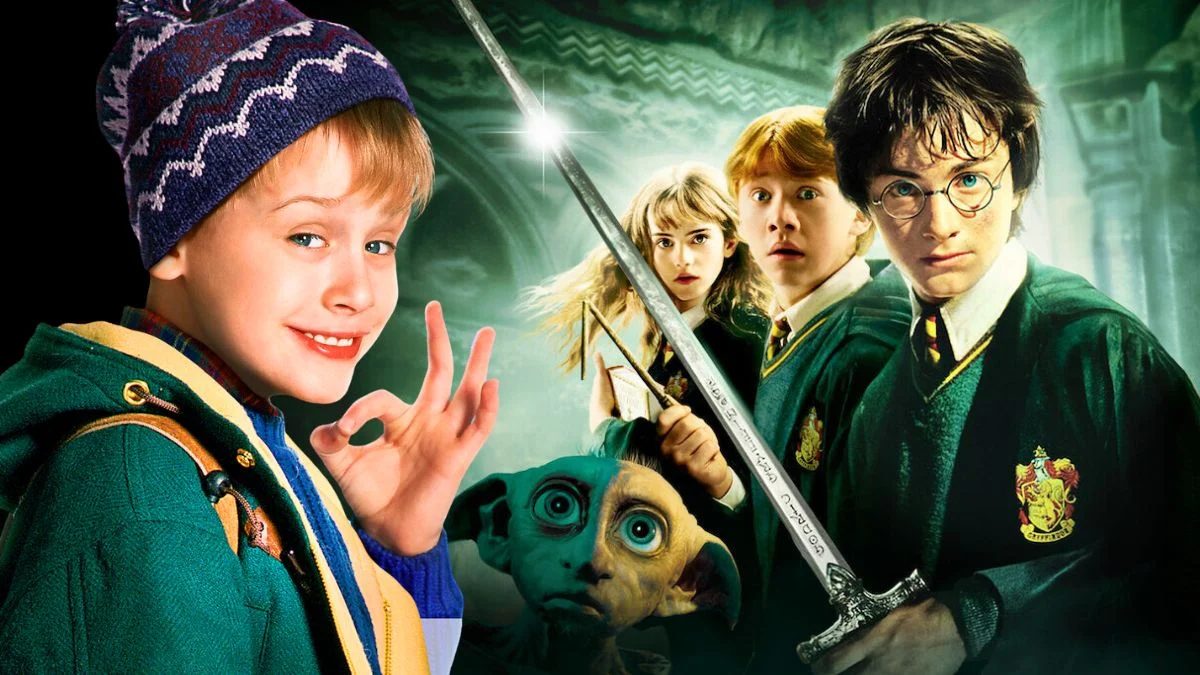
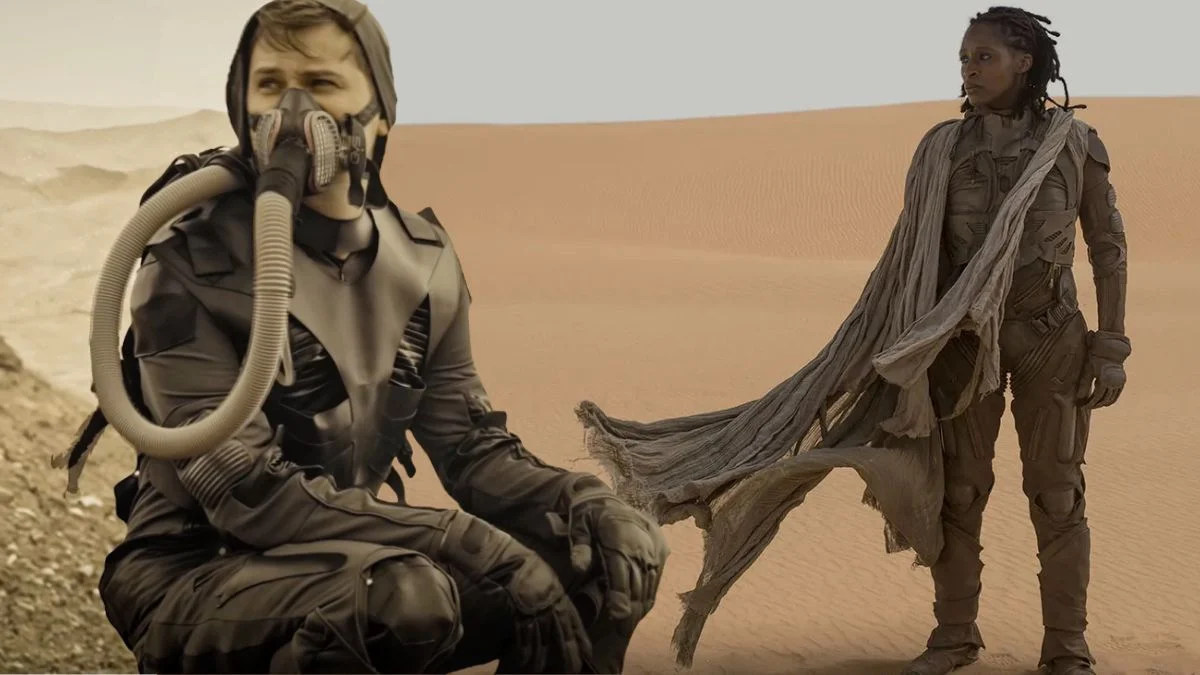
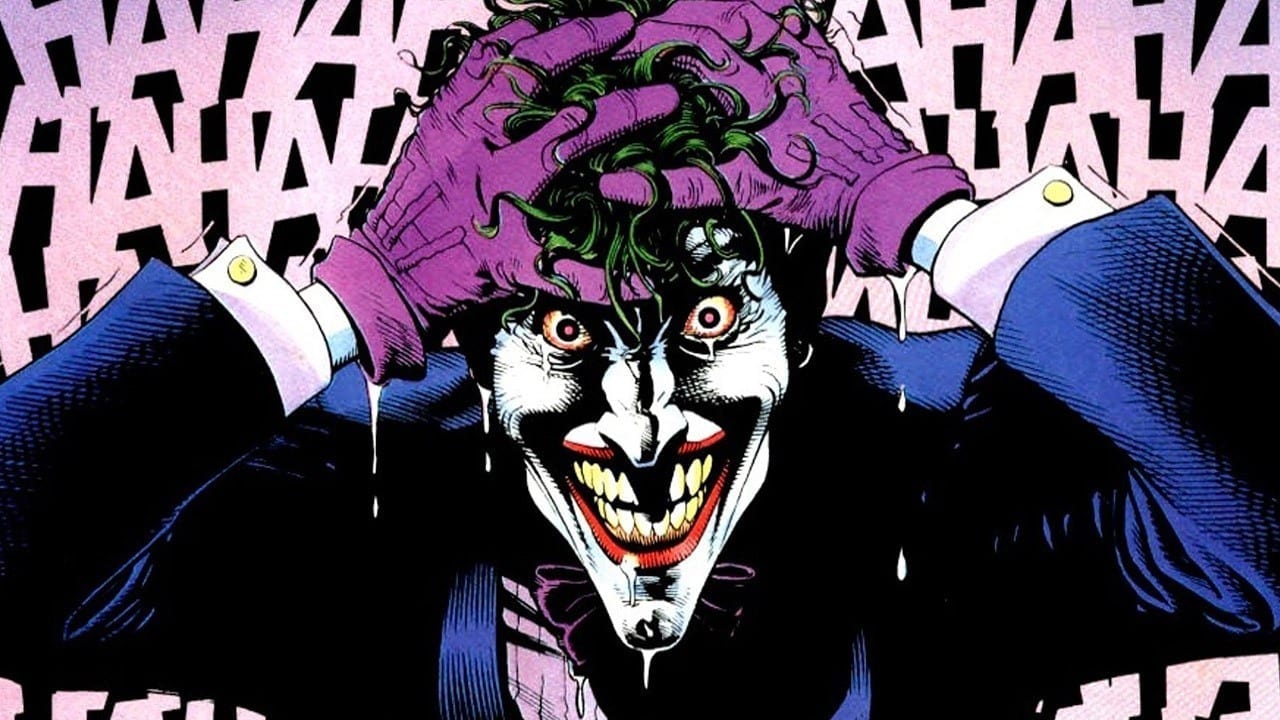

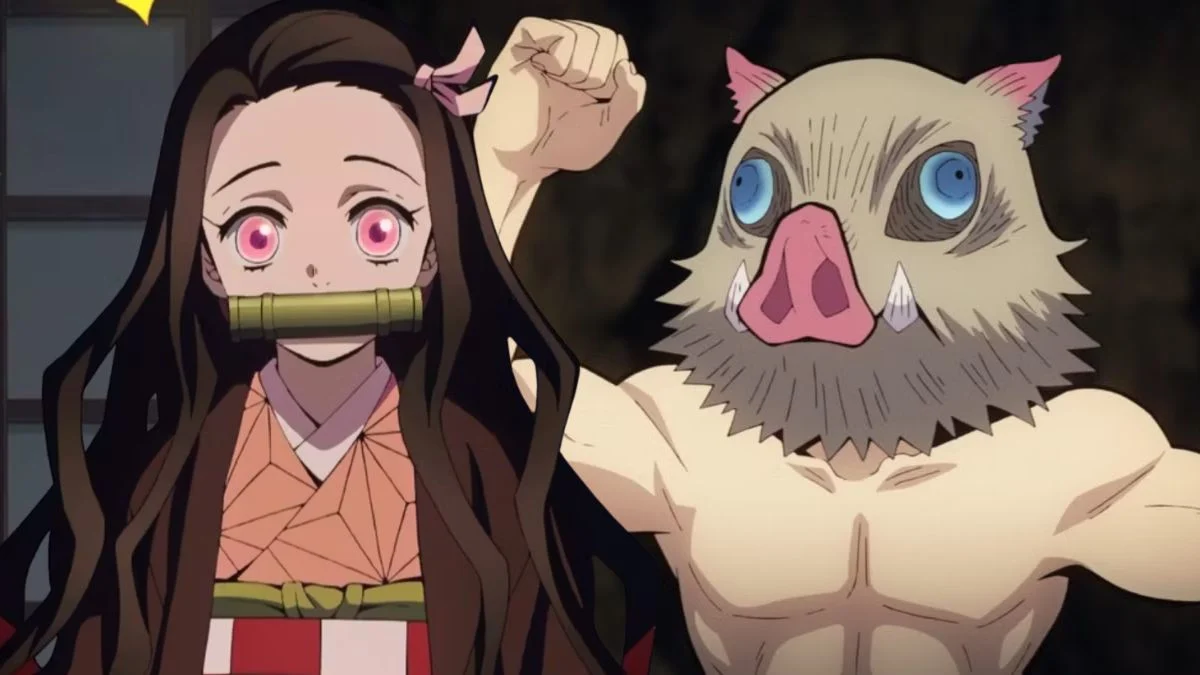


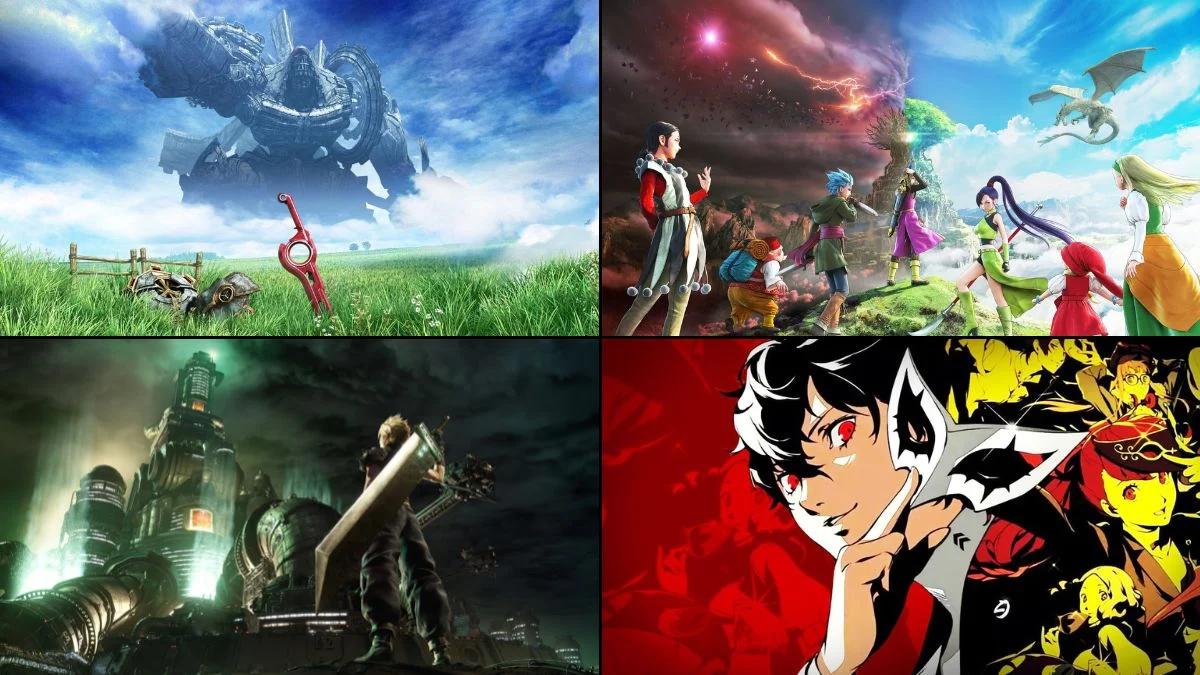



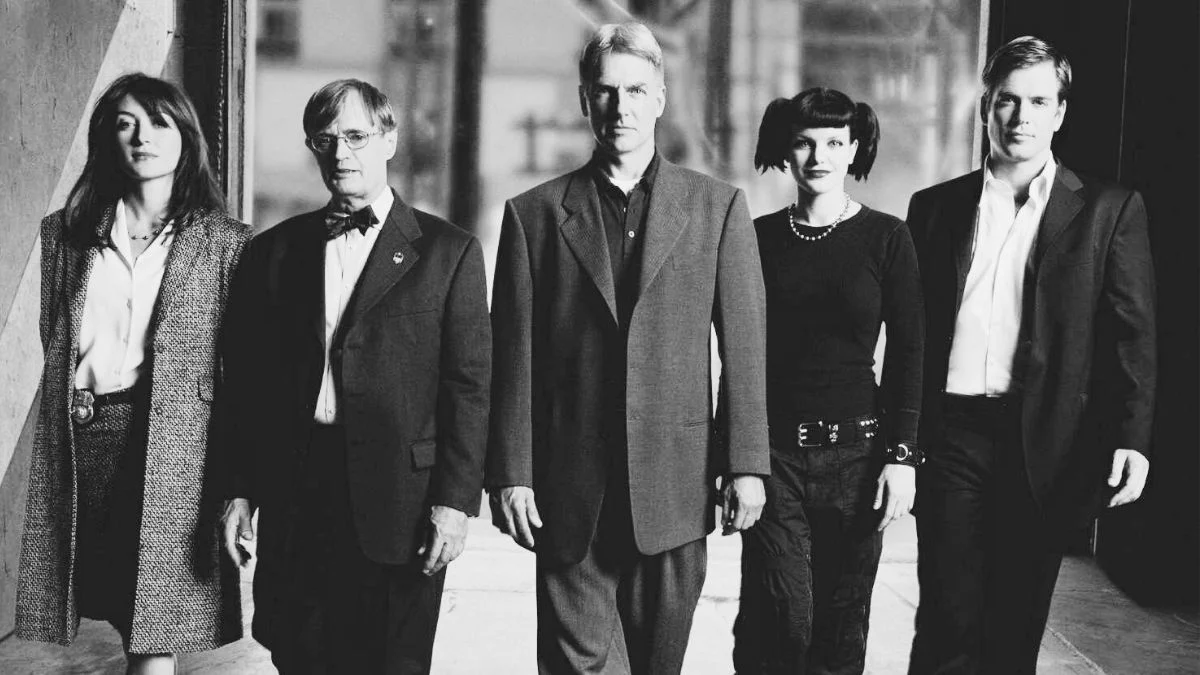
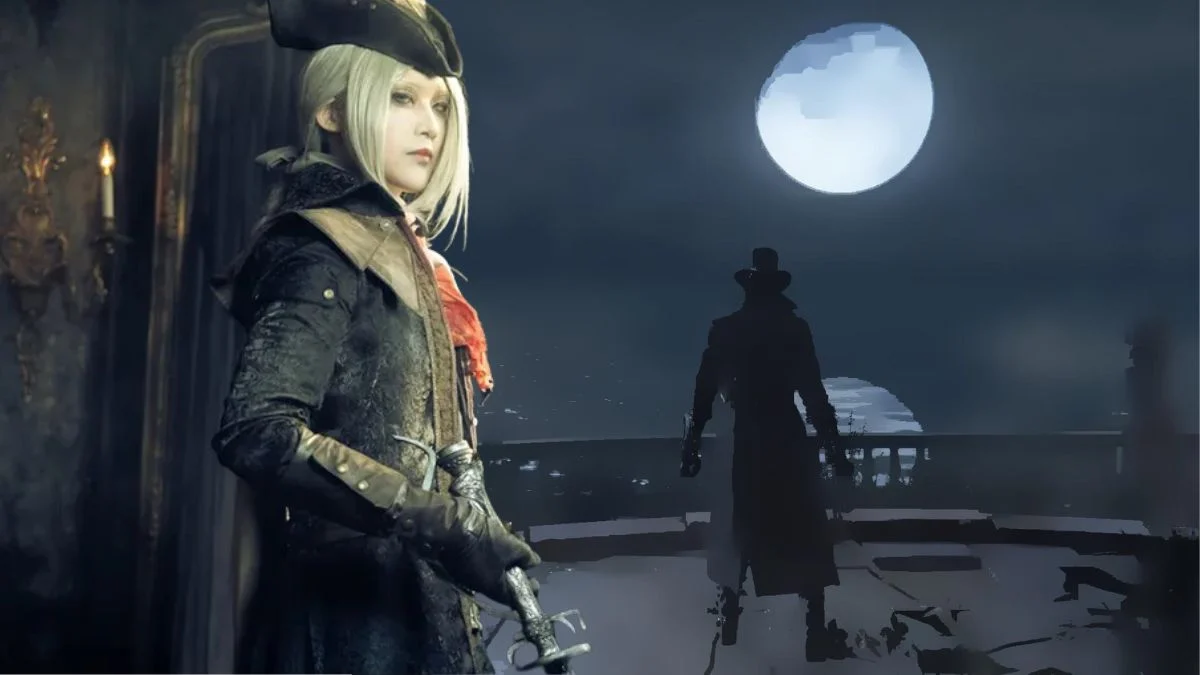



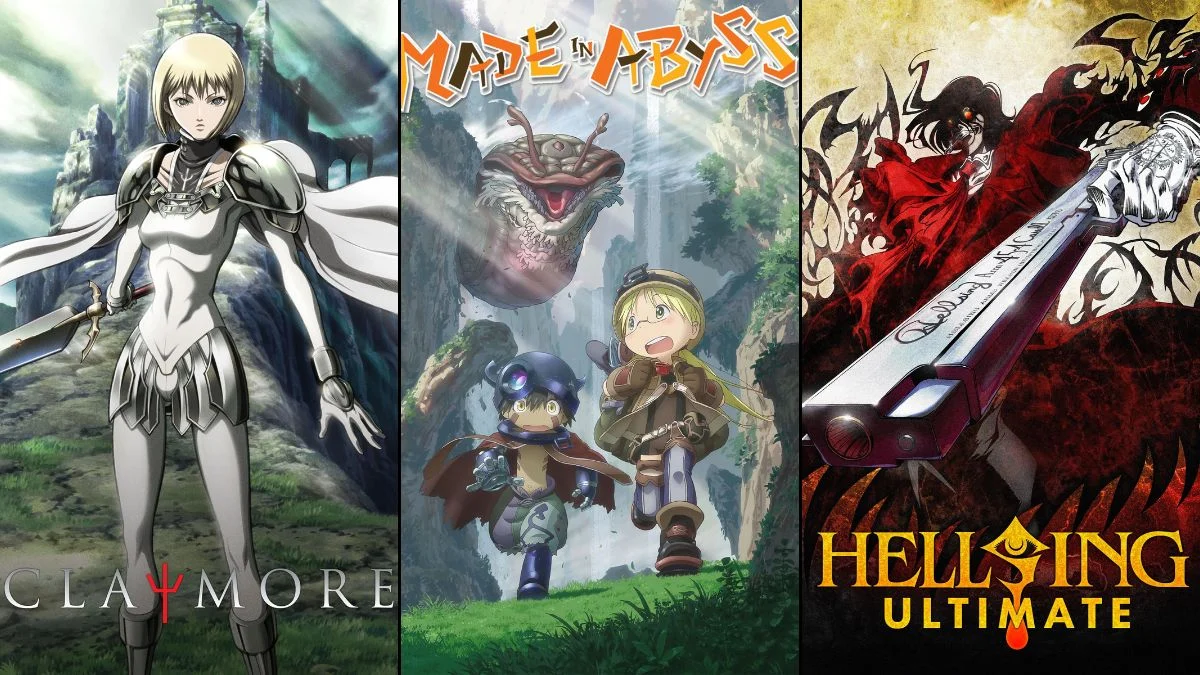






.jpeg)













 English (US) ·
English (US) ·